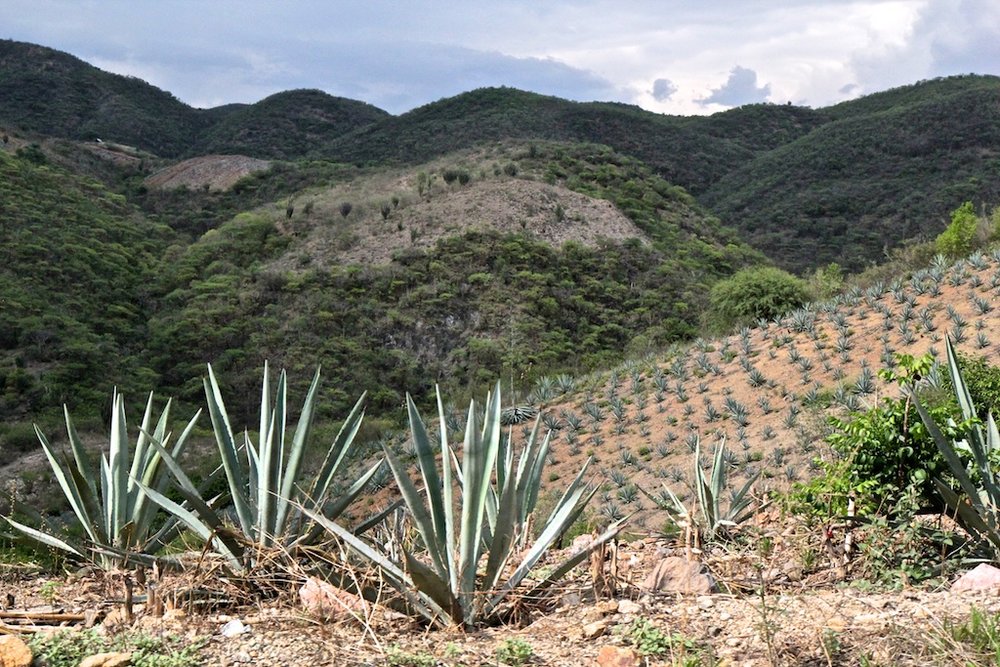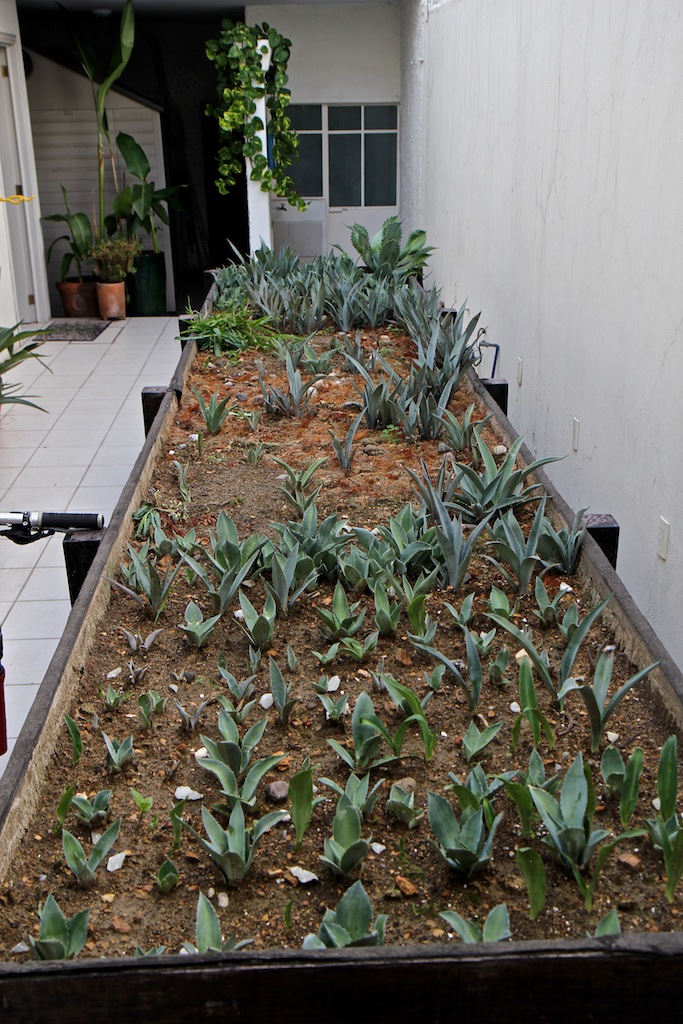Oaxaca 2015: Day 3 – Compare/Contrast

There's always a shortage of some sort when it comes to the booming spirits business these days. There's a shortage of mature whiskey. Then there's a shortage of available casks. Then there's a shortage of wood to make the casks. But that's the consequence of mass consumption in the modern 24-hour-news-cycle, I-can-have-anything-whenever-I-want-it era we live in: you run out of stuff when you use too much of it. Not only do you run out of it, you become numb to its significance. Now that the selection of Mexican spirits is expanding, and large companies are scrambling to add a selection to their global portfolios, the tequila and mezcal industries are preparing for their own shortage and it’s the worst kind possible—they’re going to eventually run out of available agave.

And because we live in this new modern age where everything has to be "the best" at all times (even if we don't understand what makes it "the best"), and where grown men throw temper tantrums when they can't get their precious wheated Bourbon, Oaxaca is preparing for a shortage of not just agave, but its most-prized version of it: tobalá. If there were such a thing as a craze amongst the Oaxacan growers, it would definitely center around this cherished wild agave species. "When we're looking to buy agave," Karina told me yesterday, "the growers try to present their tobalá first because they know it's in demand. But we don't distill tobalá year round." It's because of this increased demand for tobalá that Danzantes is experimenting with their own cultivation of the wild species. Their main office downtown has a small greenhouse to the side, filled with plantings. So far the distilled results haven't been as good as hoped for (or at least not as good as a mezcal made from wild tobalá).

But how many people really know the difference between wild, flavorful tobalá and mediocre tobalá distilled from a less-flavorful, cultivated crop? Ten? Fourteen? I don't know. I certainly wouldn't know the difference unless I had two prime examples sitting side by side (and that's part of the plan for today, actually). But since most consumers don't really understand mezcal as well as they wish they could, they'll continue to do what they always do: ask for the best. When you ask a mezcal producer for "the best" mezcal, he'll probably shrug and say "tobalá" because it's expensive. Then the buzzword begins flying around the golf course, and the office, and the online message boards, and suddenly everyone's looking for tobalá because it's supposedly the best. Then you drain through all the Pappy in a few months, then all the Weller 12, then the Weller 107, and even the basic Weller Reserve until all that's left are a few bottles of Larceny. "But that's wheated right, so it's kind of like Pappy?"
Sure, dude. It's exactly like it. That's why mezcal labels are scrambling to put the word tobalá on the bottle. So that you'll know what's best. But will you really know? Or are you just buying the off-hand advice from Vic down at the driving range who happened to mention tobalá as you were loading your clubs into the car?
-David Driscoll
